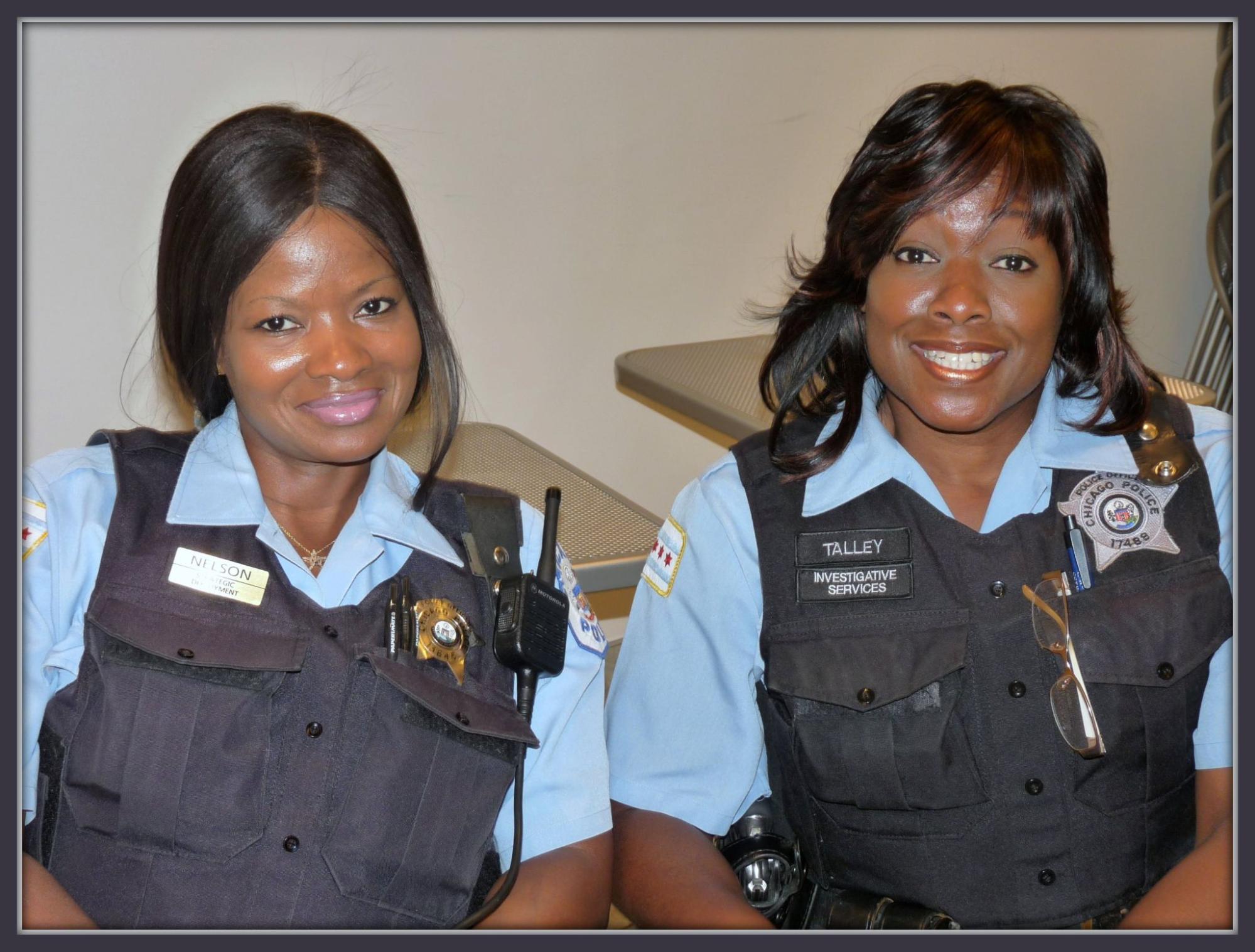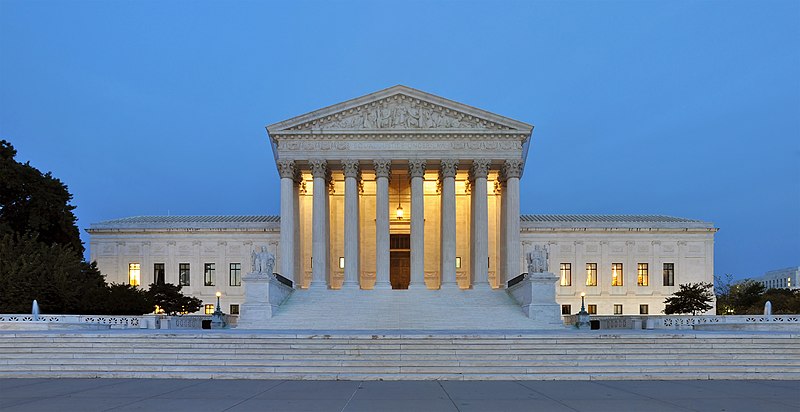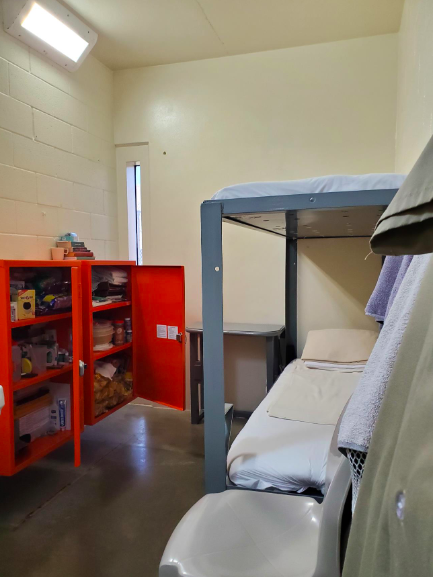1.8 The Police, Courts, and Corrections
The criminal justice system is part of every level of government, including local, state, and federal governments. The agencies associated with these levels can work together or work separately. In this book, we have dedicated at least one chapter to explore each of the three main components of the criminal justice system. They include police, courts, and corrections. This section will briefly introduce the police, courts, and correctional systems and how they often function with each other. Subsequent chapters will further focus on how they each operate as entities.
Police
The first point of contact with the criminal justice system for most individuals is the police or law enforcement. We refer to them as first responders as they will often be the first on the scene to any 911 call. They are the individuals who enforce laws, respond to calls, and apprehend offenders. Other times, police may witness a crime while on patrol. They make initial contact, investigate crimes, arrest suspects, and transport them to the local jail. It is not the job of law enforcement to determine guilt or innocence, hand down punishments, or implement the punishment (Fuller, 2019). Police officers are called on to make split-second life-or-death decisions in addition to understanding the law in detail. In figure 1.3 you will see officers during some unusual downtime between calls for service.

Courts
The second phase of the criminal justice system is the courts. In U.S. courts, you will find judges, prosecutors, defense attorneys, and juries. The primary role of the courts is to determine whether a suspected offender should be charged with a crime. If so, the court will also decide what charges should exist, decide if the suspect is guilty, and impose punishment if necessary. The convicted person or party may choose to appeal to a higher court to try to overturn their conviction. The United States Supreme Court is the highest court in the American court system, and they make the final decision on cases before them. The Court is not required to hear every case, and it only takes a few cases each year (United States Department of Justice, n.d.). An image of the U.S. Supreme Court can be seen in figure 1.4.

Corrections
Once a defendant has been found guilty, the correctional system helps carry out the punishment ordered by the court. The defendant may be ordered to pay financial restitution or a fine. In other cases, an offender could be sentenced to a period of incarceration in jail or prison.
Offenders who are sentenced to less than one year will serve their sentence in a local jail, but longer sentences will serve time in prison and may be held in a cell as pictured in figure 1.5. However, offenders can also be sentenced to community-based supervision, such as probation. An essential part of corrections is helping former offenders with reentry into society. Proper re-entry may involve parole, community-based supervision, employment, education, and other necessary rehabilitation activities (Rashwan, 2021).

Licenses and Attributions for The Police, Courts, and Corrections
Open Content, Shared Previously
Figure 1.3. “Two more friendly Chicago Police officers” by yooperann is licensed under CC BY-NC-ND 2.0.
Figure 1.4. The U.S. Supreme Court by Joe Ravi is licensed under CC-BY-SA 3.0.
“The Police, Courts, and Corrections” is adapted from “1.7. The Three C’s: Cops, Courts, and Corrections” by Shanell Sanchez in SOU-CCJ230 Introduction to the American Criminal Justice System by Alison S. Burke, David Carter, Brian Fedorek, Tiffany Morey, Lore Rutz-Burri, and Shanell Sanchez, licensed under CC BY-NC-SA 4.0. Modified by Sam Arungwa and revised by Roxie Supplee, licensed under CC BY-NC-SA 4.0, for brevity and new images.
Open Content, Shared Previously
Figure 1.5. Image from “Inmate Admission & Orientation Handbook” by the Federal Bureau of Prisons is in the Public Domain.
The criminal justice system is a major social institution that is tasked with controlling crime in various ways. It includes police, courts, and the correction system.
A system of rules enforced through social institutions to govern behavior.
A facility that holds people accused of crimes awaiting trial or those convicted of minor offenses.
A penalty imposed on someone who has committed a crime.
The highest court in the United States, with the authority to review decisions of all lower federal courts and state courts.
A facility that houses people convicted of serious crimes and sentenced to long terms of incarceration.
A sentence that allows a convicted person to remain in the community under the supervision of a probation officer, instead of going to jail or prison.
The release of a prisoner under supervision after serving a portion of their sentence.
The process of helping someone who has committed a crime change their behavior and become a productive member of society.

